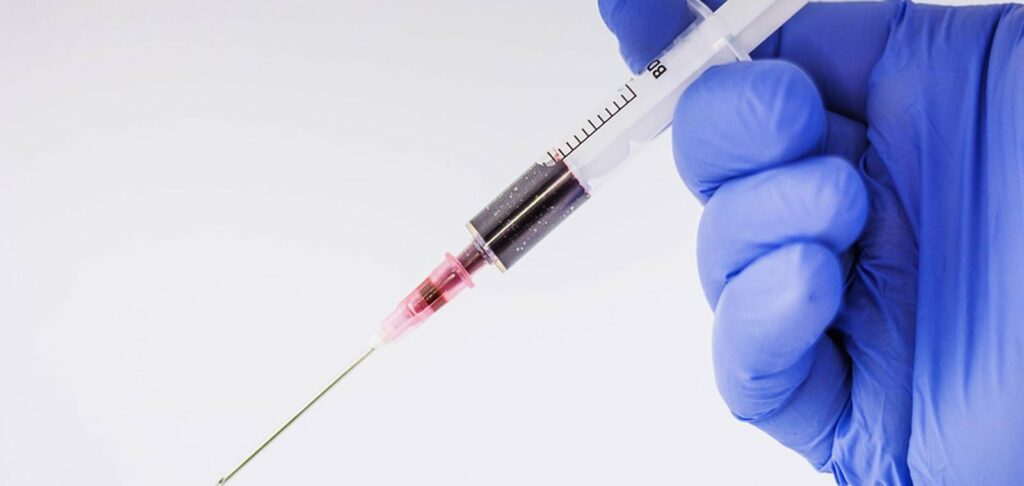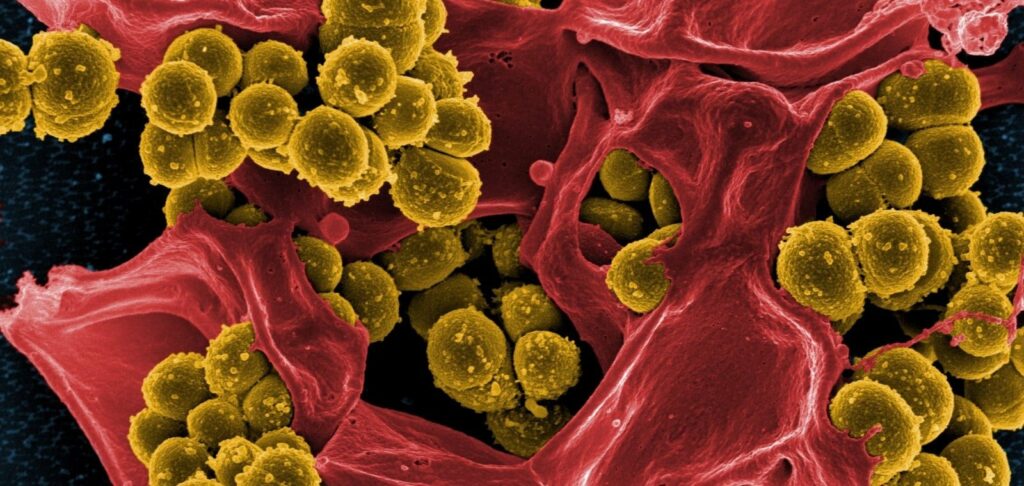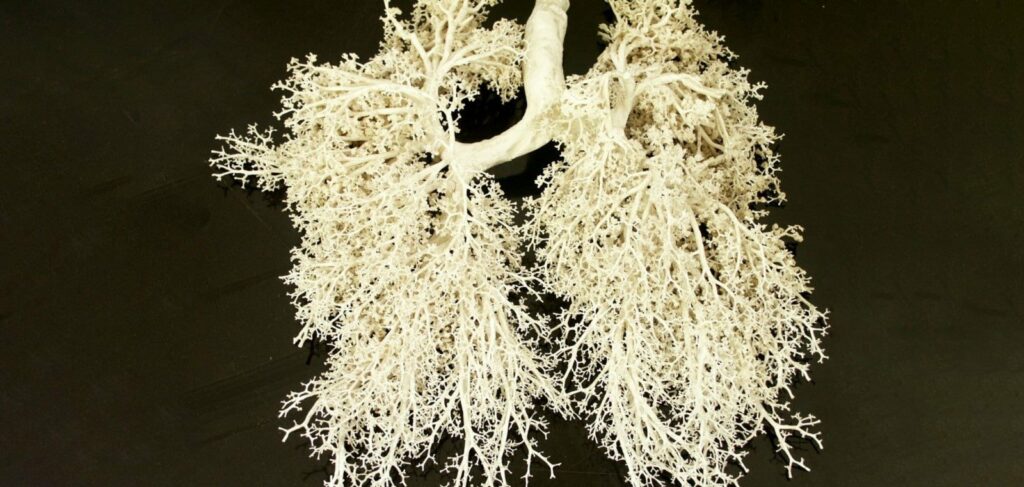
Classical analysis
There are four basic blood types – O, A, B, and AB. These types are differentiated according to the presence or absence of A and B antigens on the surface of red blood cells. Blood can also be divided into positive and negative types according to the presence or absence of D antigens on red blood cells. Usually, a patient’s blood type is determined using special test samples that include antibodies against antigens A and B. When the antibodies recognize the appropriate antigens, they bind to them, causing the blood cells to clump together and the blood to clot. Specific antigen-antibody combinations and tell health care providers what the blood type of the sample being tested is.
Although blood typing is one of the most common laboratory tests, it is not possible to perform it in the field. In addition, results can take up to half an hour, which can be unacceptably long in a life-saving emergency.
To address these problems, a team of scientists at Tokyo University of Science has developed a fully automated chip that can quickly and reliably determine a patient’s blood type.[1] It features a micro-sized “laboratory” with various compartments through which a blood sample is sequentially passed until results are obtained.
How does it work?
To begin the testing process, the user simply drops a small amount of blood onto the chip, presses a button and waits for the result. Inside the chip, the blood is first diluted with saline solution and transported to a homogenizer, where it is mixed by intensely moving air bubbles to a homogeneous solution. Inside the chip, the blood is first diluted with saline solution and transported to a homogenizer, where it is stirred by intensely moving air bubbles to a homogeneous solution.
Portions of the homogenized blood solution fall into four different chambers of the detector. The first two chambers contain reagents that can detect A or B antigens.The third chamber contains reagents that detect D antigens, and the fourth chamber contains only saline without reagent for negative control (no results should be observed in this chamber). The antigen-antibody reaction will cause the blood to coagulate, and by looking at which chambers the blood has coagulated the user can determine the blood’s type and Rh factor.
Read also: Scientists have found a way to purify donated blood from SARS-CoV-2
To the naked eye
An additional advantage of the chip is that no special optical equipment is required to read the results. The design of the detector chambers allows easy identification of coagulated blood with the naked eye. The device is also very sensitive and can detect even weak coagulation. And the time required to determine the blood type of a single sample is only five minutes. All this makes it possible to significantly reduce costs and simplify the provision of emergency medical care in emergency situations.
Shutterstock/FOTODOM UKRAINE photos were used
-
- Ken Yamamoto, Ryosuke Sakurai, Masahiro Motosuke. Fully-automatic blood-typing chip exploiting bubbles for quick dilution and detection. Biomicrofluidics, 2020; 14 (2): 024111 DOI: 10.1063/5.0006264



